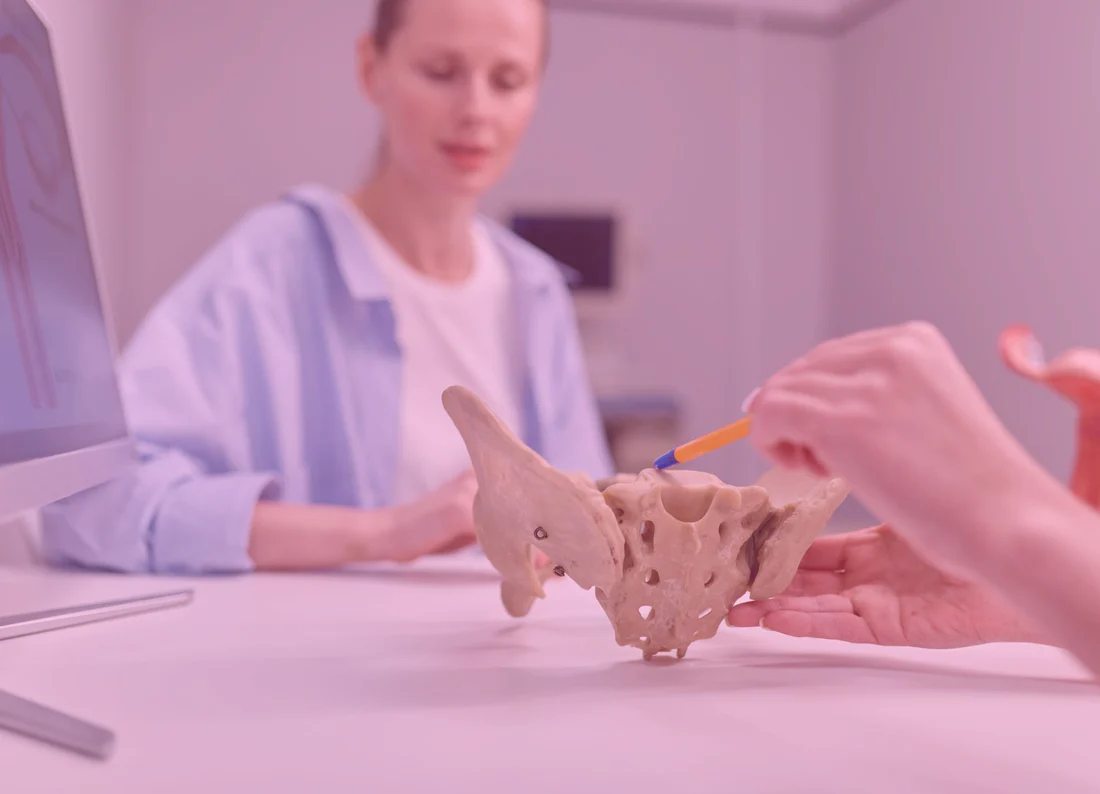Understanding Vaginismus
Vaginismus is a condition characterized by the involuntary tightening of the vaginal muscles, making penetration painful or impossible. It is important to recognize that this is a medical issue rather than a personal failing, and seeking help can lead to effective solutions. Vaginismus can be primary, where the condition has been present since first sexual experiences, or secondary, which develops later in life due to physical or psychological factors. Many women struggle in silence due to embarrassment or fear of being misunderstood. The symptoms can affect intimacy, emotional health, and self-esteem, creating stress in relationships and personal well-being. Early recognition of signs, such as burning, stinging, or involuntary muscle spasms during penetration, is crucial for a successful treatment process. Knowing that there are multiple treatment pathways available can provide hope and reassurance for those affected.
Causes and Triggers of Vaginismus
The causes of vaginismus are often a combination of physical and psychological factors. Physical contributors may include infections, hormonal changes, childbirth trauma, or pelvic injuries that create sensitivity or pain. Psychological factors such as stress, anxiety, past sexual trauma, and fears related to sexual performance can exacerbate the condition. Cultural expectations and societal pressures surrounding sexuality can further increase feelings of shame or anxiety, contributing to a cycle of tension and discomfort. Fear of pain can make the vaginal muscles tighten involuntarily, reinforcing the problem over time. Recognizing personal triggers, whether physical, emotional, or relational, can guide a targeted and effective treatment approach. Consulting a healthcare professional is critical to rule out underlying medical issues and to develop a comprehensive care plan.
Medical and Physical Treatments
Pelvic floor therapy is a central component of many vaginismus treatment plans, focusing on helping the vaginal muscles relax and regain control. Vaginal dilators are often used gradually to desensitize the vaginal muscles, starting with smaller sizes and progressing as comfort increases. Topical treatments, including lubricants or local anesthetics, can help reduce pain during therapy and sexual activity. Collaboration with trained pelvic floor therapists or gynecologists ensures that exercises and dilation techniques are safe and effective. Biofeedback can provide real-time feedback to help women learn to control and relax affected muscles. Patience and consistency are essential, as progress may be gradual but steady. Combining physical therapy with other interventions such as counseling can significantly improve outcomes and long-term relief.
Psychological and Counseling Approaches
Cognitive-behavioral therapy (CBT) is a widely used technique for addressing the fear and anxiety that accompany vaginismus. Sex therapy can improve communication between partners, fostering intimacy and reducing performance pressure. Therapy sessions may focus on reframing negative thought patterns, reducing stress, and building confidence in sexual situations. Mindfulness practices and relaxation techniques are often incorporated to calm the body and reduce involuntary muscle contractions. Addressing emotional and relational factors alongside physical therapy creates a comprehensive approach to treatment. Self-help exercises, such as gradual desensitization or relaxation routines at home, reinforce professional therapy. A supportive partner or therapist can provide encouragement and guidance, helping to create an environment conducive to recovery.
Lifestyle Adjustments and Self-Care
Lifestyle changes can complement professional treatment and support long-term recovery. Regular pelvic floor exercises at home strengthen and relax muscles, making physical therapy more effective. Stress reduction practices, including yoga, meditation, or deep breathing, can help prevent tension that worsens vaginismus. Understanding one’s body through sexual education or guided exercises can empower women to feel more in control and confident. Creating a safe, pressure-free environment during sexual activity reduces anxiety and facilitates gradual progress. Gradual intimacy, beginning with non-penetrative touch and increasing as comfort grows, supports muscle relaxation and confidence. Tracking progress and celebrating small achievements reinforces motivation and reduces frustration. Consistent self-care habits ensure that improvements are maintained alongside medical and psychological treatment.
Choosing the Right Treatment Plan
Selecting a treatment plan for vaginismus requires a personalized approach that considers severity, underlying causes, and lifestyle factors. Collaboration between gynecologists, pelvic floor therapists, counselors, and patients ensures a comprehensive plan tailored to individual needs. Open communication with a partner is crucial, allowing for support and understanding throughout the recovery process. Combining multiple approaches, such as physical therapy, counseling, and lifestyle adjustments, often yields the best results. Patients should set realistic expectations, recognizing that improvement takes time, effort, and commitment. Monitoring progress and adjusting strategies based on feedback from healthcare providers enhances treatment effectiveness. With persistence, guidance, and a supportive environment, women can experience significant relief and regain confidence in their sexual and emotional well-being.
Frequently Asked Questions (FAQ)
Q: Can vaginismus be completely cured?
A: Yes, most women can experience significant improvement or full resolution of symptoms with consistent treatment and proper guidance. The combination of physical therapy, counseling, and self-care techniques often leads to lasting results.
Q: How long does vaginismus treatment usually take?
A: The duration varies based on severity, underlying causes, and therapy type. Some women may see improvement in a few weeks, while others require several months of consistent practice and therapy.
Q: Are there non-medical ways to manage vaginismus at home?
A: Yes, self-care strategies such as pelvic floor exercises, relaxation techniques, gradual desensitization, and mindfulness practices can complement professional treatment and accelerate progress.
Q: Can partners participate in vaginismus treatment?
A: Absolutely. Partners can provide emotional support and actively participate in exercises or therapy sessions, which helps reduce anxiety, improve intimacy, and strengthen the treatment process.
Q: Is vaginismus linked to other medical conditions?
A: Sometimes. Vaginismus can be associated with infections, hormonal changes, pelvic injuries, or childbirth complications. Consulting a healthcare professional is essential to rule out other medical issues.
Q: Will vaginismus affect long-term sexual satisfaction?
A: With appropriate treatment, most women regain comfort and confidence, leading to improved sexual satisfaction and healthier intimate relationships. Early intervention and a comprehensive approach enhance outcomes.
Q: Is professional help always necessary for vaginismus?
A: While some women may benefit from self-guided exercises, professional guidance from gynecologists, pelvic floor therapists, or counselors ensures a safe, effective, and faster recovery.






